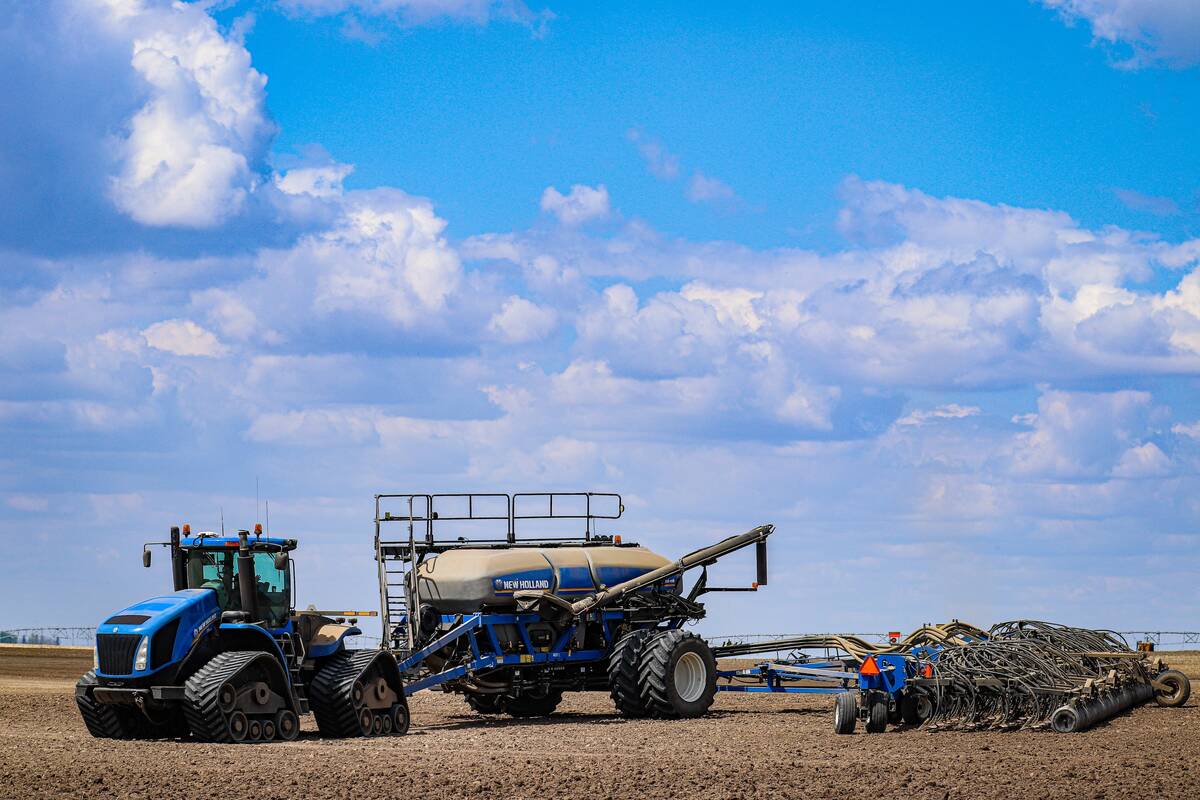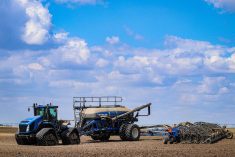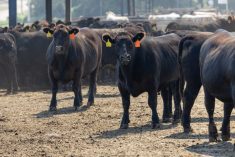SaskEnergy subsidiary TransGas will redesign a pipeline project near Bethune, Sask., after the discovery of ancient aboriginal remains.
The remains were found Oct. 15 in a shallow location while TransGas was installing a transmission line to supply gas to the new K + S potash mine.
Examination confirmed the bones were human and date back about 1,000 years, well before European settlers arrived.
The company called in elders from the Nakota Nation, Carry the Kettle First Nation and local landowners after the discovery.
In a statement issued today, SaskEnergy said the project will be re-engineered so it does not disturb the surface or soil immediately below the surface in that area.
Read Also

NFU says proposed plant breeders’ rights come at farmers’ expense
The National Farmers Union is pushing back against changes to the Plant Breeders’ Rights Act that would narrow the scope of farmers’ right to save seed or propagate crops from cuttings and tubers.
Typically, pipelines require a trench depth of 1.8 metres.
In this case, TransGas will use trenchless technology to put the pipe between nine and 45 metres deep for a distance of about one kilometre under the area.
SaskEnergy chief executive officer Doug Keith said the utility values its relationships with First Nations communities, and work will resume only when consultation with the First Nations has concluded. Elders and advisers will be on site as the project is completed.
Before the project began, an assessment was done to identify any possible environmental or heritage concerns and none were raised.
Elders blessed the disturbed site today. TransGas will work with the First Nations to determine how best to deal with the bones that were unearthed. The company also said if the leaders believe more archaeological work should be done, it will ensure that happens.

















